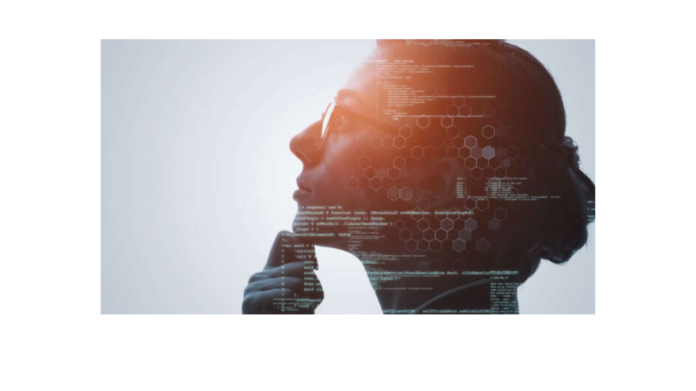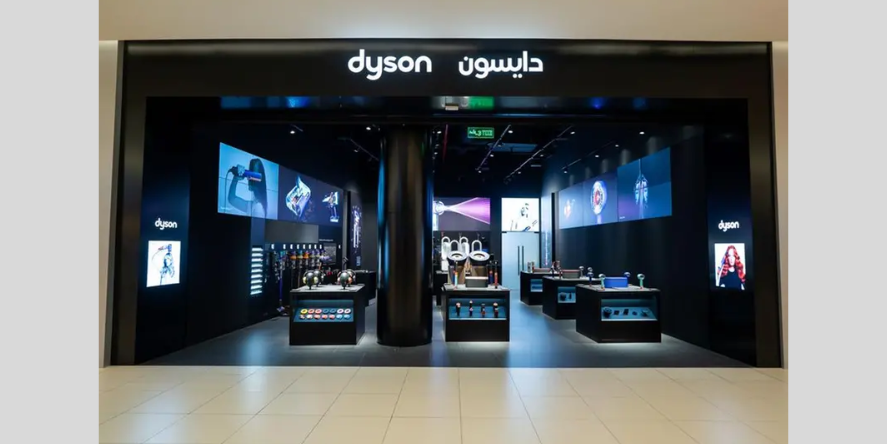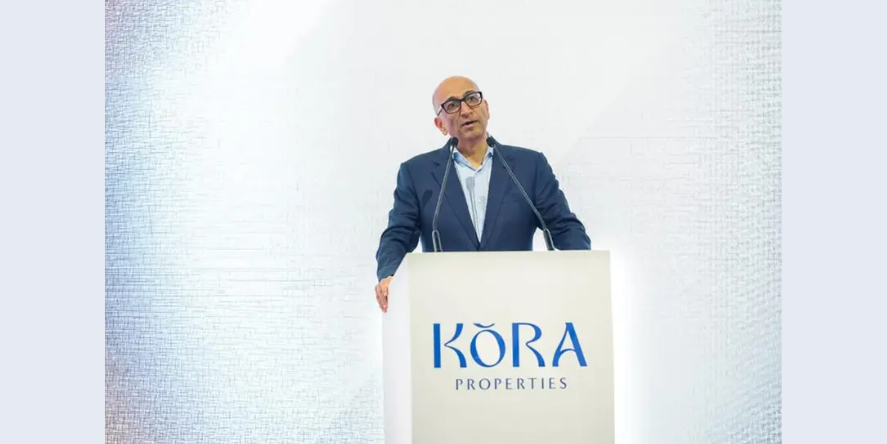As always, at the end of last year, companies and individuals got their crystal ball out to make predictions for the coming 12 months. Thought leaders across the technology industry clambered to guess everything from the biggest tech trend through to the next big ransomware attack. But how often are they kept in check?
If the last few years have taught us anything, it’s that nothing is certain. So, now that we are well into the year 2022, which will undoubtedly be full of its own twists and turns, I am taking a look back at some of the biggest tech predictions over the last 30 years and seeing what made it – and what didn’t.
The computer will be invisible
It was predicted that by 2019, computers will be invisible. Not in the sense that they simply won’t exist but that they will be embedded everywhere – from walls and tables to clothes and jewellry. It was even believed that three-dimensional displays will be built into contact lenses and glasses that project images directly into retinas. While this might not be mainstream just yet, we do live in a world where computers are embedded almost everywhere, from our cars, washing machines, toasters and even to desk chairs.
Will computers ever be totally invisible? While cloud technology makes compute power appear invisible, by hiding it in someone else’s data centers, there are still physical locations powering such technology. We will always need some sort of hardware, the size of which is mainly driven by microchip and battery tech. This might seem like the less exciting side of technology, but it is fundamental. And most technology predictions are in fact dependent on it. So, the practicality of invisible computers depends on the use case.
For example, many computerized devices need to be connected to Wi-Fi, or other network access technologies, and many of these are extremely battery intensive, especially where high data rates are needed. We haven’t yet been able to produce batteries for these sorts of devices that are powerful enough to get devices down to tiny enough sizes to make them appear invisible.
But while we have seen phones and computers get smaller over the years, more recently there appears to have been a reversal in consumer demand for smaller tech. In fact, with the likes of the iPhone offering a larger version of each model, it would suggest that for practical reasons, in many use cases there might not actually be consumer demand for smaller, more ‘invisible’ devices.
However, away from the consumer market, the ever-accelerating advancement in nanotech continues to drive down the size of microchips, which in turn has allowed the use cases for the Internet of Things to bring what once felt like crazy predictions to reality. As nanotech progresses into the future it will ultimately make nanobots a practical reality, finally making the prediction of invisible computers a reality. This will have huge and positive implications on industries like healthcare. We’ve seen predictions that this nanobot tech will allow us to wirelessly transmit information stored in the brain to the cloud and even that it could allow us to live forever in a digital state when our bodies fail us. I find that last one a bit of a stretch and shudder to think of the moral and ethical implications, but who knows…
The telephone and TV won’t take off
This dates back beyond 30 years, but it was once believed that people would get bored of sitting in front of a box and watching TV – how wrong were they? When an industry is being disrupted, we will always have naysayers. The vast majority of those will be people who will be massively impacted by the said disruption. For example, Blockbuster was certain Netflix wouldn’t take off and Blackberry was adamant that consumers preferred buttons over touch screens.
If you’re the industry leader and you’re making a lot of money, it’s hard to convince the board to totally change the business model. Therefore, we see most disruption from start-ups but currently, companies of all sizes need to welcome disruption or will follow the same fate as Blockbuster. While not all predictions may come true, we should use them as a guide as often, some element of it becomes reality.
Apple is a bad investment
Apple is a great example of a large company that answers to a board but still innovates and disrupts itself at an industry-leading pace. The foundations of this are largely why people believed that Apple was a bad investment in the early days. Apple has always continued to invest heavily in research and development. Despite being the market leader and being the first company to reach a $1 trillion market cap, Apple still takes the same approach to disruption and innovation. By sticking to its guns, investors have learned to stay with them on the journey, rather than punish them for it.
Those who believed Apple was a bad investment are almost certainly kicking themselves now!
Hype vs Reality

As with all trends, there’s a huge amount of hype and artistic license. Technology predictions will rarely blossom into exactly what is predicted. Each piece of technology has hundreds of roads it can go down at any point, but the essence of most predictions does come true in some way. The technology for flying cars does, for example, theoretically exist – but other complications, safety, and practical reasons impact it coming to fruition any time soon. Thinking of this year’s predictions, the Metaverse will feature heavily and while no one knows exactly what it will look like, there is little doubt that we will eventually experience some form of a persistent online 3-D virtual environment that is integrated with the physical world. We just don’t know exactly what it will look like.
The one thing we can be sure of is that technology will continue to develop and shape our future at an exponential pace.

By Dan Davies, CTO Maintel










